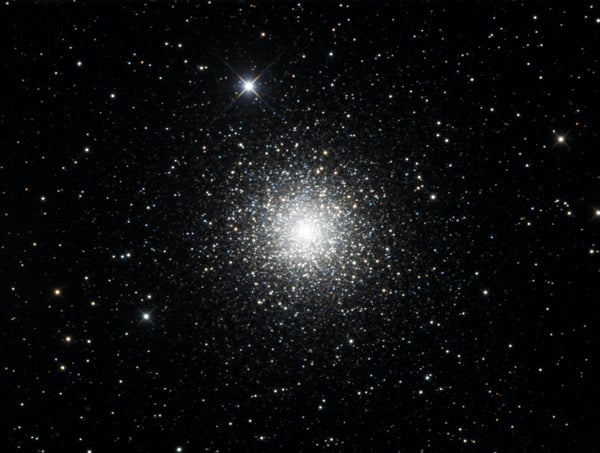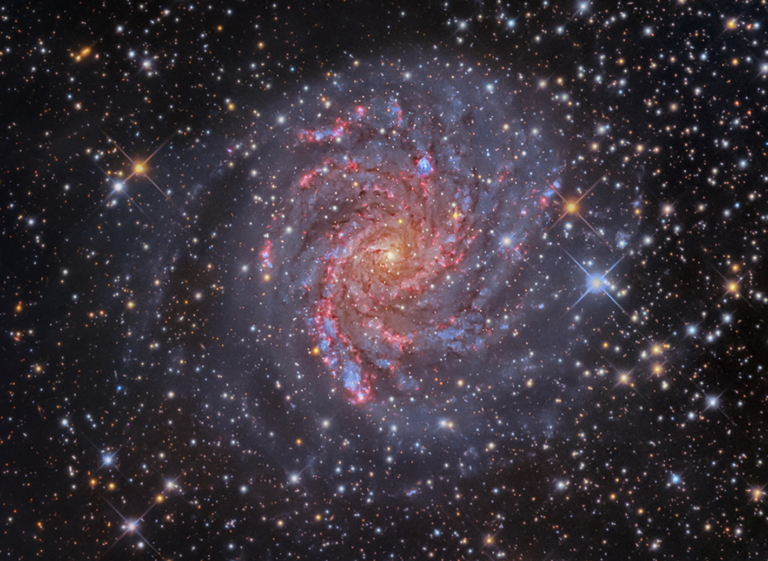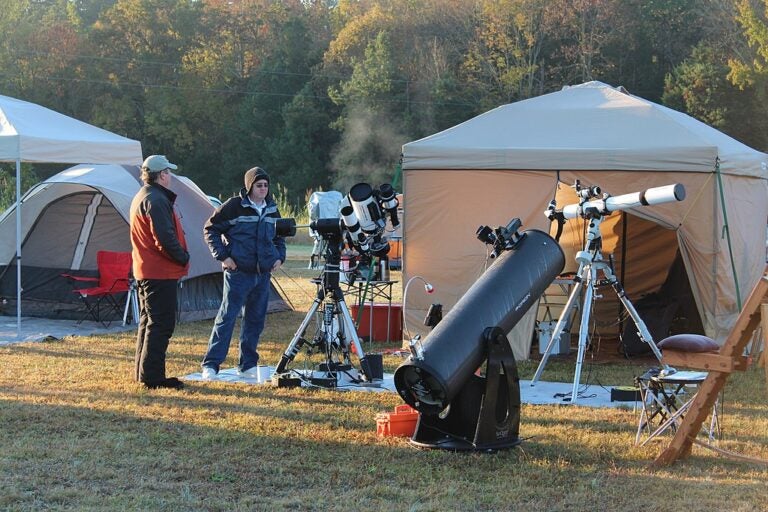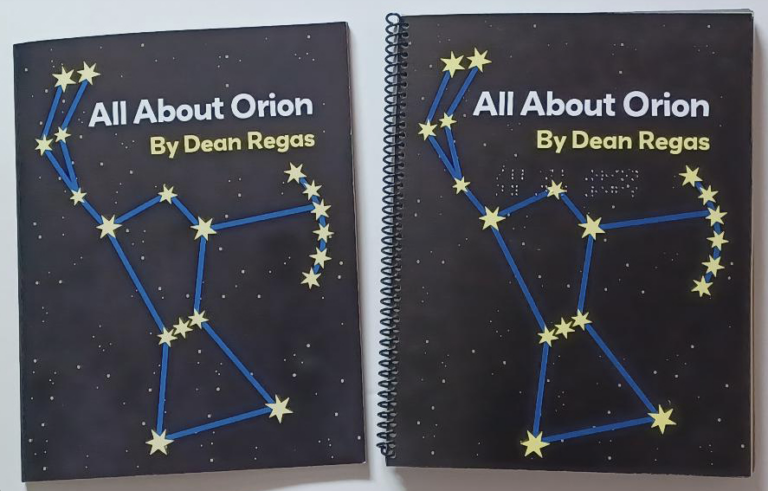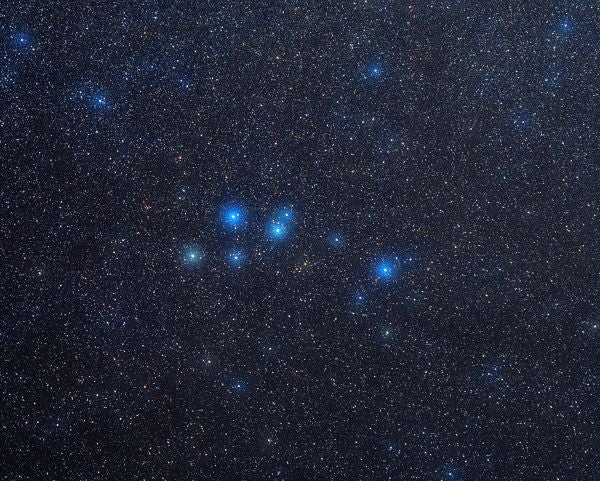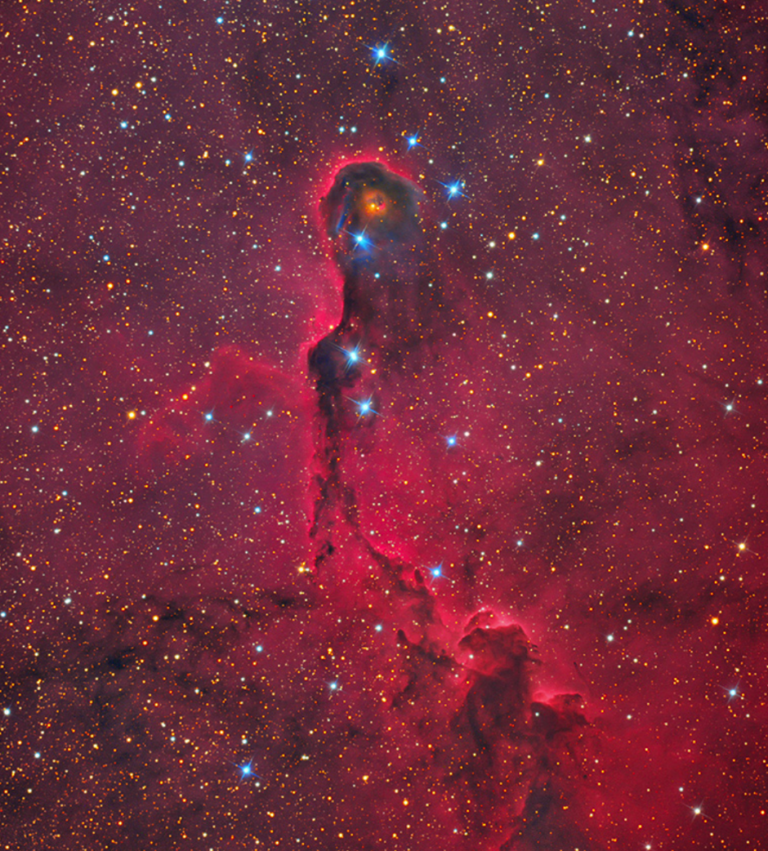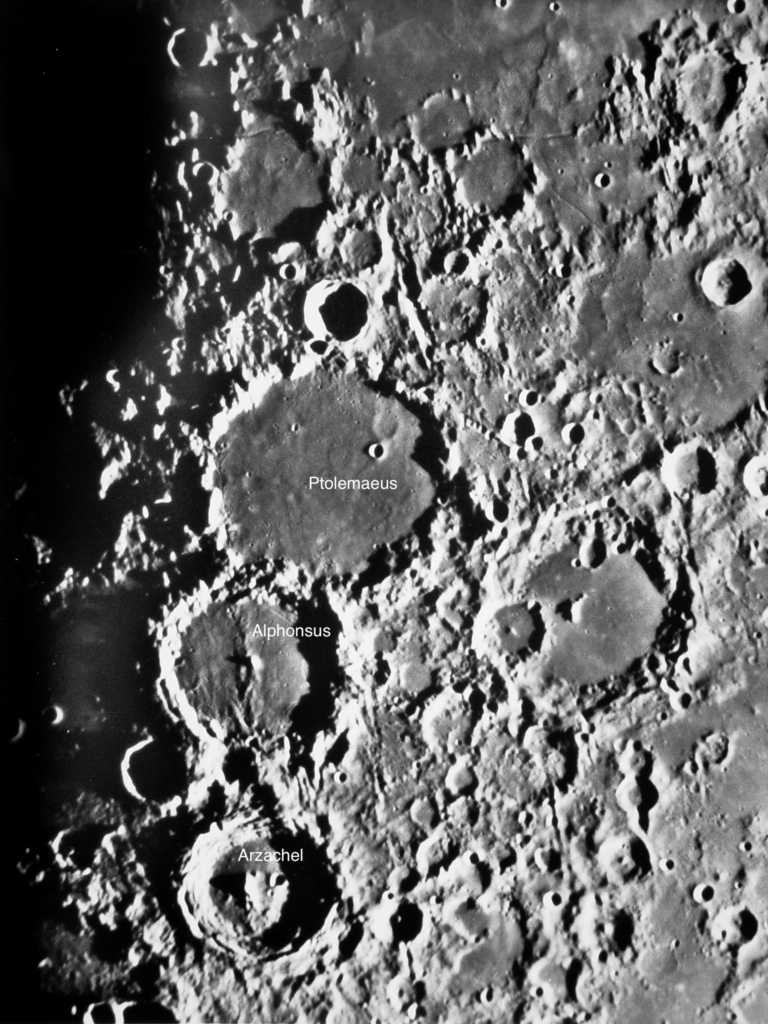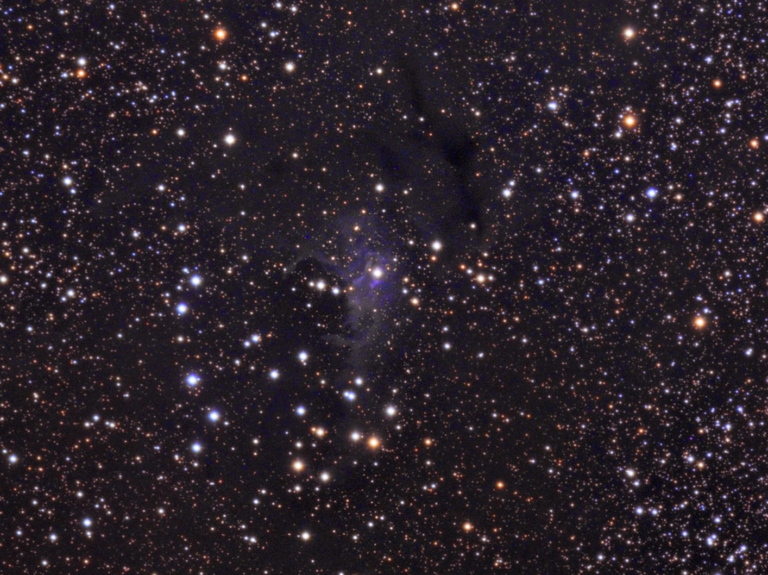While most of the Milky Way’s globular clusters are found in the summer sky hovering around the galactic center, a few stragglers reside off the beaten path. One such cluster is M15, located near the nose of the autumn constellation Pegasus the Winged Horse.
M15 was first spotted in 1746 by Jean-Dominique Maraldi, who described it as “a quite bright, nebulous star, which is composed of many stars.” Charles Messier rediscovered it 18 years later, but because his telescope couldn’t resolve the cluster, he described it as a “nebula without star.”
Binoculars reveal M15 as a small, misty glow accented by a brighter core about 4° northwest of Enif (Epsilon [ε] Pegasi). A 4-inch telescope can resolve some of the stars around the fringe of this globular. For the best views, try a moderate- to high-power eyepiece greater than 100x, if seeing conditions permit.
M15, located some 34,000 light-years from Earth, crams more than 100,000 stars into a space about 175 light-years across. Nestled among those stars are some unusual suspects, too, including eight pulsars, a double neutron star named M15-C, and more than 100 variable stars.
Another unique resident of M15 is the first planetary nebula found in a globular. German astronomer Friedrich Küstner first cataloged this planetary in 1921, although he erroneously listed it as just another cluster star. However, subsequent studies by Francis Pease with the 100-inch (2.5-meter) Hooker reflector at Mount Wilson Observatory revealed that Küstner’s star was not a star at all, but instead a planetary nebula. Today, we know it as Pease 1.
To visually spot Pease 1, you’d need at least a 15-inch telescope, 300x or greater, and an OIII filter. Pristinely dark skies are not necessary and it can be seen in an 18-inch scope through suburban light pollution. However, your sky must be exceptionally transparent and steady.
Make sure to explore Astronomy’s full list of 101 cosmic objects you must see. New entries will be added each week throughout 2022.
To get the latest astronomical news and observing content delivered directly to your door, subscribe to Astronomy magazine today!

